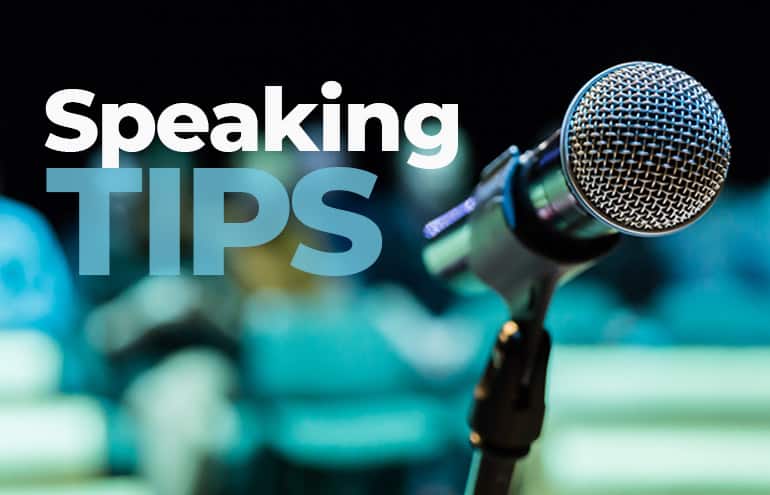
Large text filled the screen, displaying the session title along with the names, titles, and affiliations of the speakers. As with all sessions, the moderator announced, “Up next, we have [the highly anticipated topic]. I’ll let the speakers introduce themselves.”
I admired this straightforward approach and wondered why more event organizers didn’t adopt it.
Preparing a Script for Self-Introductions
To ensure accuracy, it’s often a good idea to ask in advance if you can introduce yourself. This approach works particularly well when you’re the sole speaker.
I’ve frequently made this request, though it hasn’t always been approved. To increase your chances, you can say, “I’ve attached a sample script to demonstrate how this would work.” Draft a script where the moderator says something like:
“Our next panel features Thurgood Ginsburg, Sandra Day Marshall, and Felix Warren. Each speaker will briefly introduce themselves. Full bios are available in the event materials.”
Be sure to discuss this with any co-panelists and raise it during planning meetings. Competent moderators will usually limit the time for introductions and may request to review them beforehand.
Common Pitfalls in Introductions
As an experienced speaker, I’ve encountered many ways an introduction can go wrong. These include mispronunciations, overly lengthy bios, and irrelevant details.
Some moderators have wasted time reading my entire LinkedIn profile aloud, while others ignored my prepared introduction altogether. One program chair admitted they had misplaced my bio and improvised their own version. Rookie moderators may also ask for last-minute details that are often unimportant, such as outdated educational information or affiliations with competitors, which can create confusion.
Once, I was introduced as “the best lawyer in America.” This exaggeration was not only unhelpful but also completely out of proportion to my purpose for the event.
It can be frustrating to miss the opportunity to present your credentials accurately after working hard to secure a speaking slot.
Ensuring a Strong Introduction
If self-introduction isn’t an option, here’s how to minimize errors:
- Prepare a Short, Relevant Intro
If asked for a bio for the event materials, ensure it’s concise and tailored to the audience. However, this should not be your introduction. Audiences are often impatient, so provide a brief introduction that highlights your name, affiliation, and relevant experience. Include any key honors and a phonetic guide for your name, if necessary.Example:
NOT FOR INCLUSION IN MATERIALS, FOR MODERATOR USE ONLY
Harmineh (“Hair-mi-nay”) Helper is a partner at Advocate, Attorney, and Winner, specializing in environmental law. She spent 12 years at the EPA, including as Assistant Regional Counsel in the Air and Toxics Section, and has authored numerous articles on Clean Air Act enforcement. - Proactively Share Your Intro
Even if not explicitly requested, send your introduction to both the event organizer and moderator. Ensure they have a clear, accurate version well in advance. - Update Your Details Before the Event
A week before the presentation, confirm that your introduction reflects any recent updates, such as a promotion or firm change. Resend it to prevent it from getting lost in email clutter. - Arrive Early and Be Prepared
Bring a printed copy of your introduction and arrive early to share it with the moderator. This ensures accuracy and gives you time to clarify pronunciation or other details. Moderators often appreciate having a last-minute copy.
Leaving a Lasting Impression
Whether your audience consists of seasoned experts or newcomers, a well-crafted introduction sets the tone and establishes your credibility. Treat your introduction with the same care as your presentation itself—don’t let it be an afterthought.
Remember, first impressions matter. By ensuring your introduction is accurate, concise, and engaging, you’ll capture your audience’s attention from the start.

